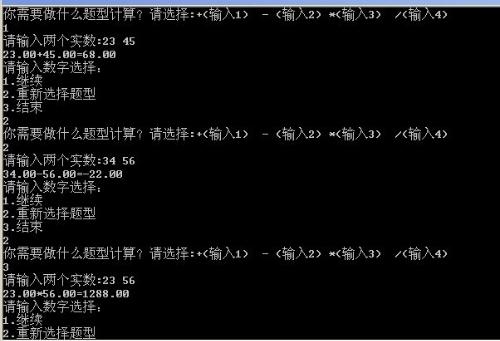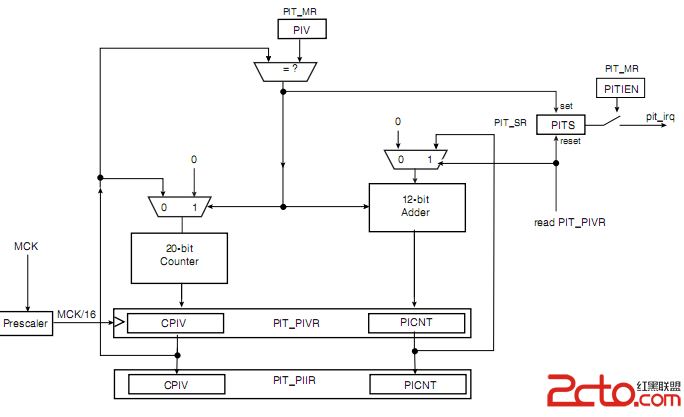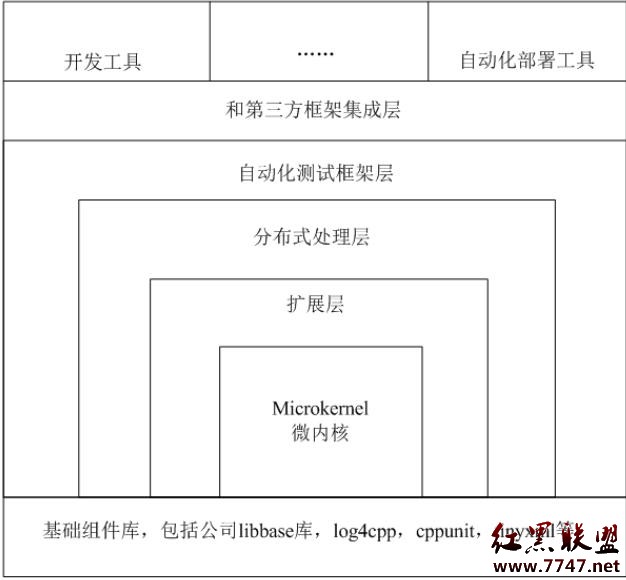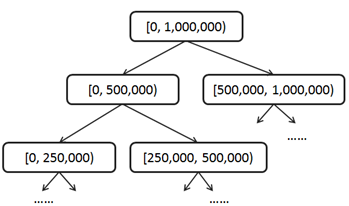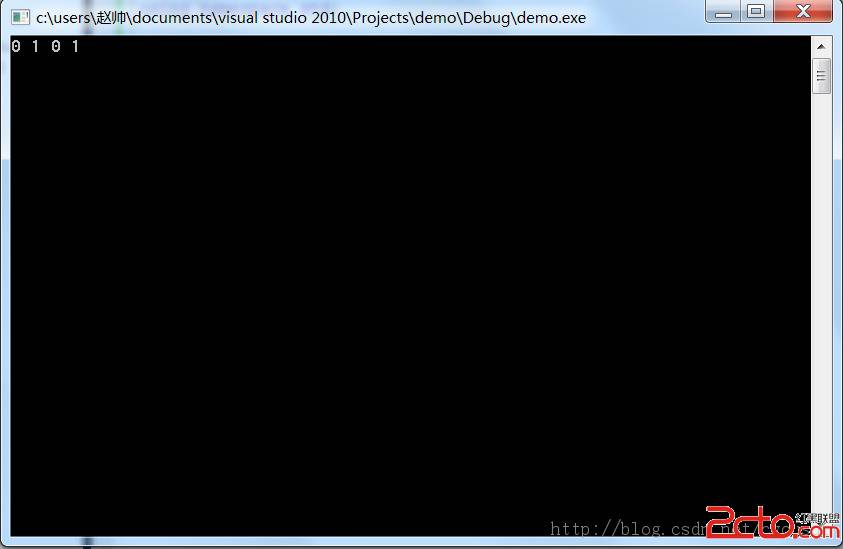FZU 2127 养鸡场 线性规划?
由题意知,a1+a2+a3 = n && a1 <= a2 <= a3.设 a3 = tn ∈[x3, y3 > (n-1)/2 ? (n-1)/2 : a3 ],则对于每一个确定的tn,都有a1+a2 = n-tn.
又因为取值都为整数,所以问题转化为直线a1+a2 = n - tn 在某一区域内整点坐标的个数。
好啦,接下来就是要确定这个可行域的范围了。
设横坐标轴表示a1,纵坐标轴为表示a2。
其实可行域的范围为 三个范围的交集。
1 : 即题目中给出的 [x1,y1]和[x2,y2]的矩形范围。
2 : 因为a1<=a2<=a3,所以第二个范围为点(tn,tn)的左下方,包括(tn,tn)。
3 : 同样是因为a1 <= a2 ,所以第三个范围为( tn/2,tn/2 )的左上方,包括(tn/2,tn/2);
当然交集有可能为空。
由于最近在做计算几何,所以就习惯性的用计算几何的那一套来做了,然后又因为学艺不精被精度问题卡到死。。。。。。
不过FZU还是不错的吗,中文题好多哇。
#include <iostream>
#include <cstring>
#include <cstdlib>
#include <cstdio>
#include <queue>
#include <cmath>
#include <algorithm>
#define LL long long
using namespace std;
struct R
{
int Min,Max;
} r[5];
struct P
{
double x,y;
} p[6],l1,l2,cp[2];
double CrossProduct(P a1,P a2,P b1,P b2)
{
P p1 = {a2.x-a1.x,a2.y-a1.y},p2 = {b2.x-b1.x,b2.y-b1.y};
return (p1.x*p2.y - p1.y*p2.x);
}
bool JudgeDotInLine(P a1,P a2,P b1)
{
if( sqrt((b1.x-a1.x)*(b1.x-a1.x) + (b1.y-a1.y)*(b1.y-a1.y))+sqrt((b1.x-a2.x)*(b1.x-a2.x) + (b1.y-a2.y)*(b1.y-a2.y)) - sqrt((a2.x-a1.x)*(a2.x-a1.x) + (a2.y-a1.y)*(a2.y-a1.y)) < (10e-8))
return true;
return false;
}
bool JudgeCross(P a1,P a2,P b1,P b2)
{
double t1 = CrossProduct(a1,a2,a1,b2) * CrossProduct(a1,a2,a1,b1),t2 = CrossProduct(b1,b2,b1,a1)*CrossProduct(b1,b2,b1,a2);
if(t1 < 0 && t2 < 0)
return true;
if(t1 == 0 && (JudgeDotInLine(a1,a2,b1) || JudgeDotInLine(a1,a2,b2) ))
{
return true;
}
if(t2 == 0 && (JudgeDotInLine(b1,b2,a1) || JudgeDotInLine(b1,b2,a2) ))
{
return true;
}
return false;
}
int main()
{
int a3,i,n,sum,tn,top,mark;
while(scanf("%d",&n) != EOF)
{
sum = 0;
for(i = 1; i <= 3; ++i)
{
scanf("%d %d",&r[i].Min,&r[i].Max);
}
r[3].Max = r[3].Max > ((n-1)/2) ? ((n-1)/2) : r[3].Max;
a3 = r[3].Min;
while(a3 <= r[3].Max)
{
if(a3 < r[2].Min || a3 < r[1].Min || a3*3 < n)
{
a3++;
continue;
}
p[1].x = r[1].Min;
p[1].y = r[2].Min;
p[2].x = r[1].Min;
p[2].y = r[2].Max;
p[3].x = r[1].Max;
p[3].y = r[2].Max;
p[4].x = r[1].Max;
p[4].y = r[2].Min;
mark = false;
tn = n-a3;
l1.x = 0;
l1.y = tn;
l2.x = tn;
l2.y = 0;
if(a3 < (tn+1)/2 || a3 < r[1].Min || a3 < r[2].Min || (tn+1)/2 > r[2].Max || (tn+1)/2 < r[1].Min)
{
a3++;
continue;
}
p[2].y = (a3 < r[2].Max ? a3 : r[2].Max);
p[3].y = (a3 < r[2].Max ? a3 : r[2].Max);
p[1].y = ((tn+1)/2 > r[2].Min ? (tn+1)/2 : r[2].Min);
p[4].y = ((tn+1)/2 > r[2].Min ? (tn+1)/2 : r[2].Min);
p[3].x = ((tn+1)/2 < r[1].Max ? (tn+1)/2 : r[1].Max);
p[4].x = ((tn+1)/2 < r[1].Max ? (tn+1)/2 : r[1].Max);
p[3].x = (a3 < p[3].x ? a3 : p[3].x);
p[4].x = (a3 < p[3].x ? a3 : p[4].x);
top = 1;
if(JudgeCross(p[2],p[3],l1,l2))
{
mark = true;
cp[top].y = p[2].y;
cp[top++].x = tn - p[2].y;
}
else if(JudgeCross(p[1],p[2],l1,l2))
{
mark = true;
cp[top].x = p[2].x;
cp[top++].y = tn - p[2].x;
}
if(JudgeCross(p[3],p[4],l1,l2))
{
mark = true;
cp[top].x = p[3].x;
cp[top++].y = tn - p[3].x;
}
else if(JudgeCross(p[4],p[1],l1,l2))
{
mark = true;
cp[top].y = p[4].y;
cp[top++].x = tn - p[4].y;
}
if(mark)
{
sum += (int)(cp[1].y-cp[2].y+1);
}
a3++;
}
cout<<sum<<endl;
}
return 0;
}
补充:软件开发 , C++ ,